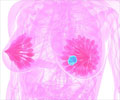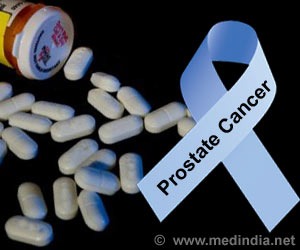Unique metabolic vulnerabilities (metabolic enzyme and pathway) in subsets of triple-negative breast cancer (TNBC) patients have been discovered by a study.

‘Unique metabolic vulnerabilities (metabolic enzyme and pathway) in subsets of triple-negative breast cancer (TNBC) patients have been discovered by a study.
’





Therapeutic Options for TNBC The team analyzed human patient TNBC samples, human cell lines, including those injected into animals to define the contribution of DLST (dihydrolipoamide S-Succinyltransferase---a metabolic enzyme in their tumor cells) to TNBC pathogenesis.
Further broad biochemical and molecular assays were utilized to comprehend the metabolic and molecular properties of TNBC cells.
“Due to current challenges in treating triple-negative breast cancer, our studies suggest that a fraction of patients with aggressive tumors can benefit from CPI-613, a drug disrupting the TCA cycle if their tumor cells have high DLST expression,” says corresponding author Hui Feng, MD, PhD, associate professor of pharmacology and medicine at Boston University School of Medicine.
These findings could serve as a biomarker to select patients to receive targeted therapy.
Advertisement















